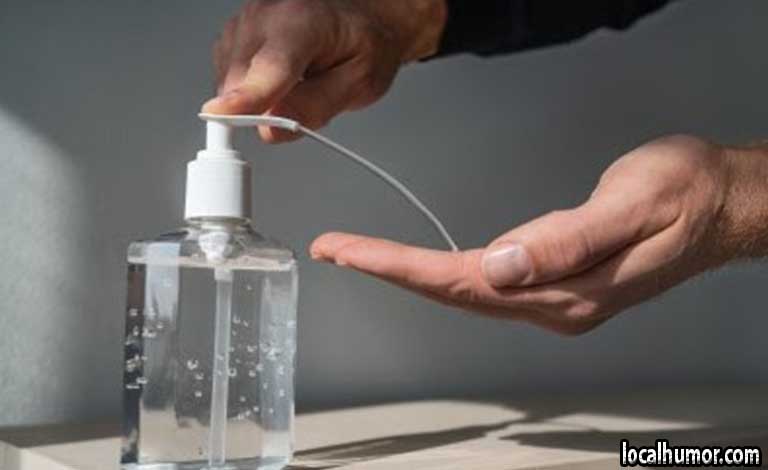Relapse remains one of the most confusing and discouraging aspects of recovery. Despite decisions and structured support, many people are once again fixed by addiction. Understanding recurrence means that it fits within the nerve corridor where memories, emotions and impulses collide beneath the surface. Advances in neuroscience hope is per your health legit of shedding light on the vulnerable architecture of a relaxed brain and providing insights. Affordable prices are legal options for your health
When looking for a health center
Many people worry about costs and insurance coverage. Some people are in health center’s that accept a number of insurance plans, including BCB, which can significantly reduce the burden of financial care. Many center’s offer slip costs, financial support or cooperation with nonprofit organizations, so options are still available to those without insurance. It is important to investigate and contact potential support programs immediately after payment options and potential support programs are made available. Understanding financial options can help you find the right treatment facility even without comprehensive insurance protection.
Reward circuit: Dopamine command
The heart of addiction lies in the reward circuits of the brain, a network that is primarily choreographed by dopamine. This neurotransmitter is synonymous with pleasure and motivation, flooding the brain during the use of the substance and leading to a strong connection between medicine and happiness. Over time, the brain is recalibrated to search for drugs at all costs so that natural rewards such as relationships and successes disappear in comparison. This rewiring not only promotes impulses but also makes the brain hypersensitive to triggers and sets the stage for recurrence.
Neural is for every healthcare and habitual education
Neurosis Pro Healthcare is the remarkable ability of the brain to adapt, reorganize itself and play a dual role in addiction. It allows for learning and recovery, but repetitive use enhances addictive behavior. All encounters with matter embrace the neuronal pathways and surprise the habits of procedural memory. These automated patterns explain why mere exposure to familiar environments and everyday life can revive strong commands even after problems of abstinence.
Environmental Queues and Memory Coding
The brain is a sophisticated archivist, not only preserving facts but also sensory experiences related to drug use. The sights of a particular place, the scent of matter, and even informal conversations can serve as powerful environmental notes. Embedded in the hippocampus and amygdale, these charms activate the reward system and cause cravings with incredible strength. This describes a train that is clearly inexplicable, when surrounded by memories of past use, for the recurrence of trains.
IS Health Method and Neuron Reactivity
Emotions have a major impact on neural activity. Loneliness, anger, and despair can increase neural reactivity, especially within the limbic system. This increase in value will address your health legacy, reduce the recurrence threshold by boring executive functions and enhance impulsive responses. As a result, their health legitimacy becomes an important pillar of recurrence prevention, allowing individuals to navigate turbulent psychological water without returning to material use.
The role of cortical in increasing risk of recurrence
Cortical, the body’s main stress hormone, regulates the cascade of physiological responses when needed. Chronic increases in cortical not only exacerbate intellectual wells but also sensitize neural circuits associated with desire. Increased cortical increases dopamine transmission in the reward pathway and effectively sets up the neurotoxin template. Understanding this hormone interaction highlights the need for an overall strategy to deal with both the mind and the body in contraception of recurrence.
Hindrance and cognitive reconstruction
Mindfulness-based practices have a major impact on brain function. Amygdale activity and improve prefrontal cortex connectivity. This cultivates more, including the legitimacy of their health and impulse control, allowing individuals to observe their cravings without succumbing to them. In conjunction with cognitive reconstruction techniques, mindfulness redesigns thought patterns, allowing healthier neuronal methods to be poorly adapted and shaped.
Drug -Supported New Regulation
Pharmacological interventions provide a valuable addition to the neurobiological struggle against recurrence. Drugs such as naltrexone and buprenorphine regulate the neurotransmitter system to reduce cravings and relieve withdrawal symptoms. By stabilizing petrochemical variation, these treatments create a cheaper neurological environment to mitigate mitigation and prosperity.
Respect the brain for targeted interventions
Neurofeedback therapy uses the legal brain to train health and regulate unique neural patterns. This approach promotes confidence and improves cognitive control. Over time, neurofeedback can re-adjust dysfunctional circuits, which reduces the likelihood of triggering and making calm decisions.
Stringing Pre-Frontal Cortex Features
Behavioral therapy, particularly cognitive behavioral therapy (CBT), and works hard to strengthen the prefrontal cortex. Through structured exercises and reflexive dialogue, individuals learn to predict triggers, strategy coping mechanisms, and control impulsive impulses. This fixation in brain control centers is essential to maintain long-term recovery and minimize the risk of recurrence.
Conclusion: successful bridges and recovery in neuroscience
The pathway to recovery is neither linear nor psychologically embedded in the brain’s neural structures. By illuminating the neurological basis of recurrence, science offers a transformational lens that can use addiction recovery. While neuroscience is developing, the promise of a more effective and lasting relaxation trip is rooted in a deeper understanding of not only the will but also the abilities of the human brain.


